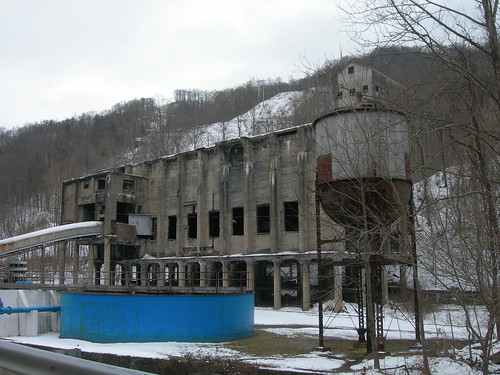
With its rich cultural and artistic heritage, many Appalachian towns are looking at promoting the arts as an economic driver. Some places – like Abingdon, VA with its Barter Theater – have seen success with this model, but others have struggled. The Lexington Herald-Leader recently profiled the town of Hindman, KY and its “arts and smarts plan” promoted by then-governor Paul Patton: The CDI [Community Development Initiative] built two institutions in Hindman: a Kentucky School of Craft, to train folk artists, and an Appalachian Artisan Center, to exhibit and sell their wares. Patton said he wanted to expand the local economy beyond coal mining’s boom-and-bust cycle. “We hoped to establish a little artistic community much like Berea has. As an economic development tool, we anticipated people coming in for art shows, to attend classes, to shop,” Patton said in a recent interview. Unfortunately, things did not go quite as planned. Politics, insufficient funding, corruption, and the challenge of attracting and keeping quality artisans and teachers have plagued the School of Craft in particular. These challenges underscore the need for long-term, stable investments and solid political leadership, but also the importance of developing an area’s own artisans and teachers. Accrording to the article, the School of Craft essentially had to close when its two teachers – both from outside the region – left because they didn’t “want to live in Hindman anymore.” But in a region as artistically rich as Central Appalachia, why are we relying solely on teachers from outside the region? One...





